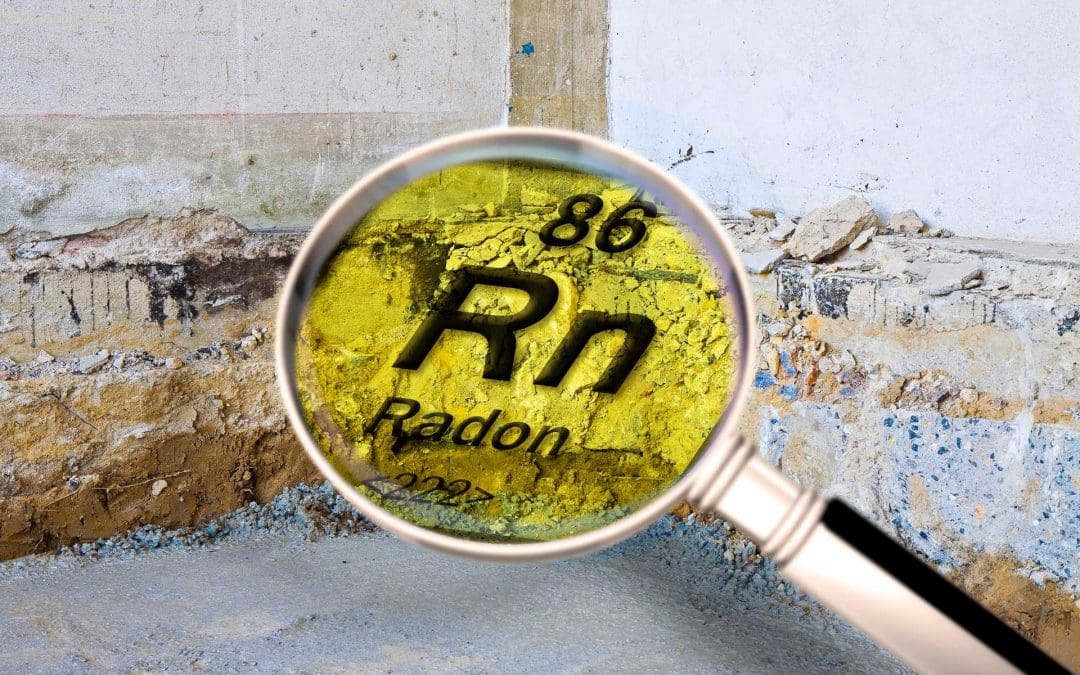Understanding Radon and Why It Matters
Radon is a naturally occurring radioactive gas that seeps into your home from the soil. It’s colorless, odorless, and tasteless, which makes it virtually impossible to detect without proper testing. Long-term exposure to high radon levels is the second leading cause of lung cancer in the U.S., second only to smoking. There are effective and safe ways to reduce radon levels. Whether your test results came back just above the EPA’s recommended action level of 4.0 pCi/L or much higher, there are proven strategies for mitigating radon in your home. Let’s walk through what those are and how to take action.
Start With Reliable Testing
If you’ve already had a radon test and the results showed high levels, you’re taking an important first step. Just make sure the test was done using a reliable method, like a long-term test or a professional continuous monitor. If you used a short-term kit or a store-bought DIY version, it’s a good idea to follow up with a professional to get a clearer view of your home’s average radon levels.
Seal Cracks and Openings to Reduce Radon Levels
Radon gas enters your home through cracks and openings in your foundation, crawl space, sump pump, or basement walls. Sealing those gaps is a good first step toward reducing levels. While sealing alone won’t solve the problem in most cases, it helps minimize the flow of radon into your home and supports other mitigation efforts. Use caulk or expanding foam for small cracks, and consider professional sealing services if you’re dealing with larger gaps or structural concerns.
Install a Radon Mitigation System to Reduce Radon Levels
The most effective way to reduce radon levels is by installing a radon mitigation system, typically a sub-slab depressurization system. This system creates a vacuum beneath your home’s foundation that pulls radon gas away from the house and vents it safely outside, usually through a pipe that runs up the side of the house or through the attic and out the roof.
Most systems use a continuously running fan to maintain the pressure difference. The system is quiet, energy-efficient, and, when installed by a certified professional, reduces radon levels by up to 99%.
Improve Ventilation in Crawl Spaces and Basements to Reduce Radon Levels
Improving airflow also helps dilute radon concentrations. In crawl spaces, for example, adding venting or even a vapor barrier reduces radon entering your living spaces. In basements, installing a heat recovery ventilator (HRV) or increasing mechanical ventilation helps exchange indoor air with fresh outdoor air, which helps to reduce radon levels over time.
That said, ventilation alone often isn’t enough, especially in homes with significantly high radon levels. Ventilation is a complementary strategy—helpful, but not a substitute for a proper mitigation system.
Test Again After Mitigation
Once a mitigation system is installed, it’s essential to verify that it’s working. Using a professional radon test, you should retest your home within 24 hours to 30 days after installation. Ongoing monitoring is also a good idea. Many homeowners choose to keep a radon monitor in the basement or the lowest level of the home to ensure the system is functioning year-round.
Keep Up With Maintenance
A radon system doesn’t require much upkeep, but it’s not something to forget. Ensure the fan is always running, the vent pipe is clear, and any warning devices (like system alarms) are functioning. It’s also a good idea to have your system inspected every few years by a radon professional to confirm everything is in working order.
FAQs About Radon
How long does it take to reduce radon after installing a mitigation system?
Most homes will see a significant drop in radon levels within 24–48 hours after installing the system. You should retest to confirm.
Will a radon mitigation system increase my energy bills?
The system’s fan uses very little electricity, often less than a bathroom fan, so most homeowners don’t notice a significant increase.
Do weather or seasons affect radon levels?
Yes, radon levels can fluctuate depending on the season. They’re often higher in winter when homes are closed up, making winter an ideal time for testing.
Is radon a problem in new homes?
Yes. Newer homes can be at higher risk because they are more airtight. That’s why radon-resistant construction techniques are becoming more common.
Does radon affect home resale value?
It can. High radon levels may concern potential buyers, but having a mitigation system already installed can be a selling point. It shows you’ve addressed the issue proactively.
Inspection Services of Wisconsin offers radon testing and home inspections in Northeast and South Central Wisconsin. Contact us to request our services.

